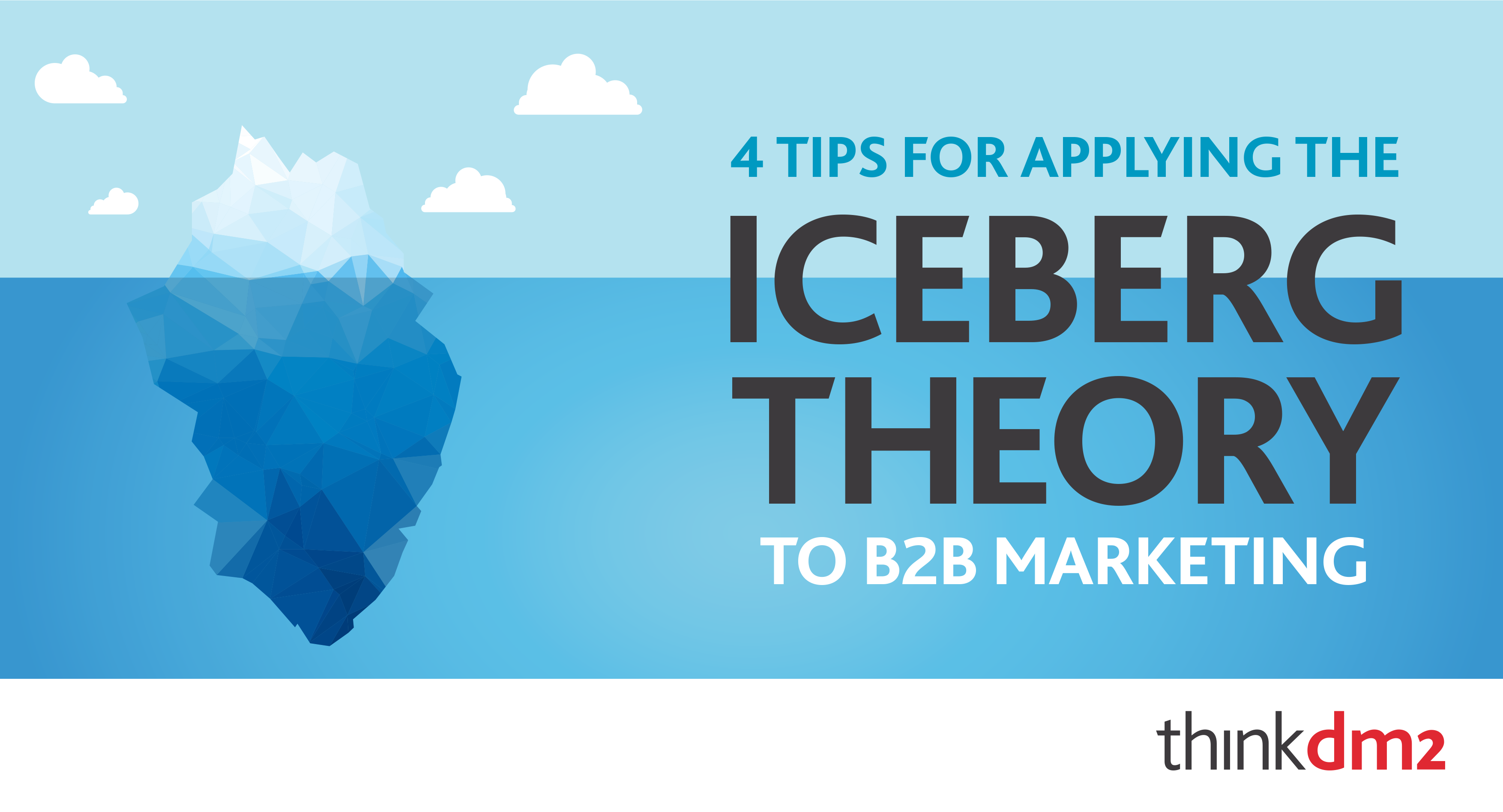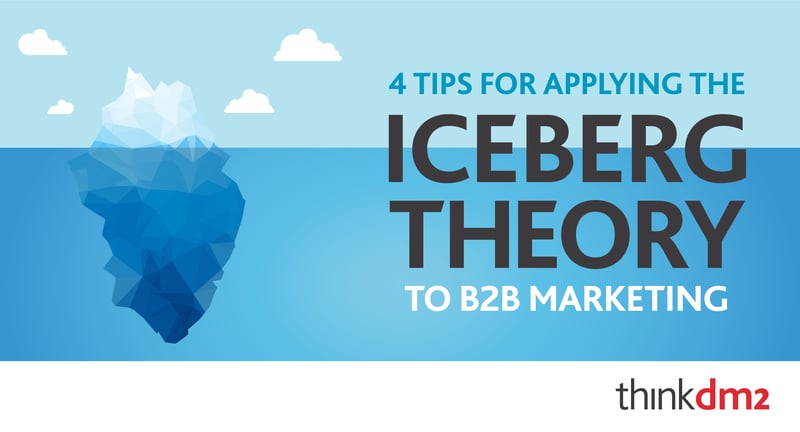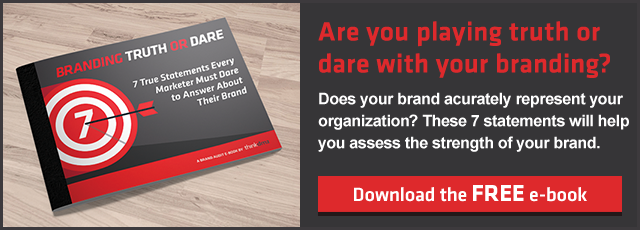

The novelist and short story writer Ernest Hemingway is known for his famous Iceberg Theory—to only explicitly include one-eighth of the details in the story, and leave the other seven-eighths implicit and underwater. For example, his story “Hills Like White Elephants” is about a man convincing his significant other to have an abortion, but the word abortion is never mentioned.

Implicit details are the strongest details—they are the ones we feel and the ones that are bound to influence us the most. When we pick up below-the- surface details, the result is the “gut feeling” effect. When you just feel good about a brand, and can’t pinpoint why, it may be because that company is applying the iceberg theory.
If you are thinking about the following details while building your brand, you won’t need to do extra work to try to make it persuasive. It will just click.
1. Be concise in your positioning
Nike tells us that they want to “Bring inspiration and innovation to every athlete in the world. If you have a body, you’re an athlete.” This says everything in just over one line of text. They don’t have to say, “We make the best shoes,” because it is implicit in their statement.
2. Let pictures speak for you
Use pictures that say more than words can. To continue with Nike, their About page has a picture of an executive in a sport jacket, jeans, and Nike sneakers. It would be distasteful to include on their website that “Our shoes can even be worn with a sport jacket!” That would sound desperate. Including the picture does all of the work.
3. Leave the excessive promises out
People are used to reading false promises, like “We are the best X provider,” or “Improve X by Y% in Z days!” Hyperbolic claims are generic and feel insincere. It’s more effective to promote the ideas you believe in than pledging to overly-specific and unlikely results. The sentiments of those claims live beneath the surface of your beliefs, so you can say more with fewer words.
4. Cater to your buyer personas
Ideally, you know what your buyer wants and who they are; and you may have even gone so far as to create a persona for them. Yet when you are talking to your customer, you wouldn't refer to her as "'Maria Multitasker' who is excitable and wants to keep her employees happy.” You directly address that persona's concerns in your marketing so that "Maria Multitasker" feels an intuitive connection to your product.
Knowing the important details and keeping them underwater allows the right explicit details to surface. When your customer realizes ideas about your company on their own, they are more likely to take ownership over their opinions and feel a more authentic sense of connection with your company.
Thinkdm2 has been applying effective strategies to build brands for over 25 years. Check out our e-book on branding and see if your business's current strategy has what it takes to succeed.



